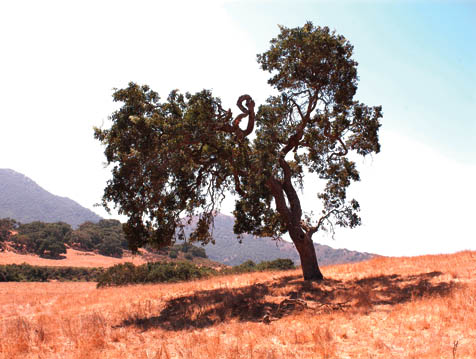Jan Timbrook’s Chumash Ethnobotany
Native Wisdom

We are surrounded by the basic ingredients for human survival, but most of us don’t even know it. That’s one conclusion to be drawn from the new book Chumash Ethnobotany by Jan Timbrook, curator of ethnography at the Santa Barbara Museum of Natural History.
The first-of-its-kind botanical guide-which features plant names, their traditional uses, their mythological roles, and beautiful sketches by Oak Group painter Chris Chapman-is the culmination of nearly 30 years of research and writing for Timbrook. She will discuss her soon-to-be-published book in an illustrated lecture tonight at the museum. “It’s my life’s work,” explained an excited Timbrook, who expects the finished copies of the 272-page, $27.95 book to be ready by September.
The path toward publication began in 1978, when Timbrook, working at the museum, realized that she had three basic skills that would allow her to complete an exhaustive guide to the flora used by the Chumash, who lived from Paso Robles south to Malibu. She knew Spanish, so she could understand the Spanish names for plants; she was familiar with the 300,000 pages of handwritten notes by legendary anthropologist John P. Harrington, so she could glean the wisdom he collected from the last traditionally living Chumash; and thanks to taking Bob Haller’s inspirational, “life-altering” UCSB class on plants of California, Timbrook knew her native flora.
The result is fascinating and appeals to plant people, amateur anthropologists, and any nature lover who wants a deeper understanding of their world. But Timbrook makes it very clear that she hopes no one uses her book to start trying to live off the land like the Chumash did. “I do not want people to do that, principally because there is so little native flora left at all,” she explained. “It’s irresponsible to harvest wild plants for your own use if you don’t need to.” Rather, Timbrook hopes that this information will make people care more for the native flora, and then protect it.
Timbrook speaks tonight, June 14, 7 p.m., at the Museum of Natural History.



